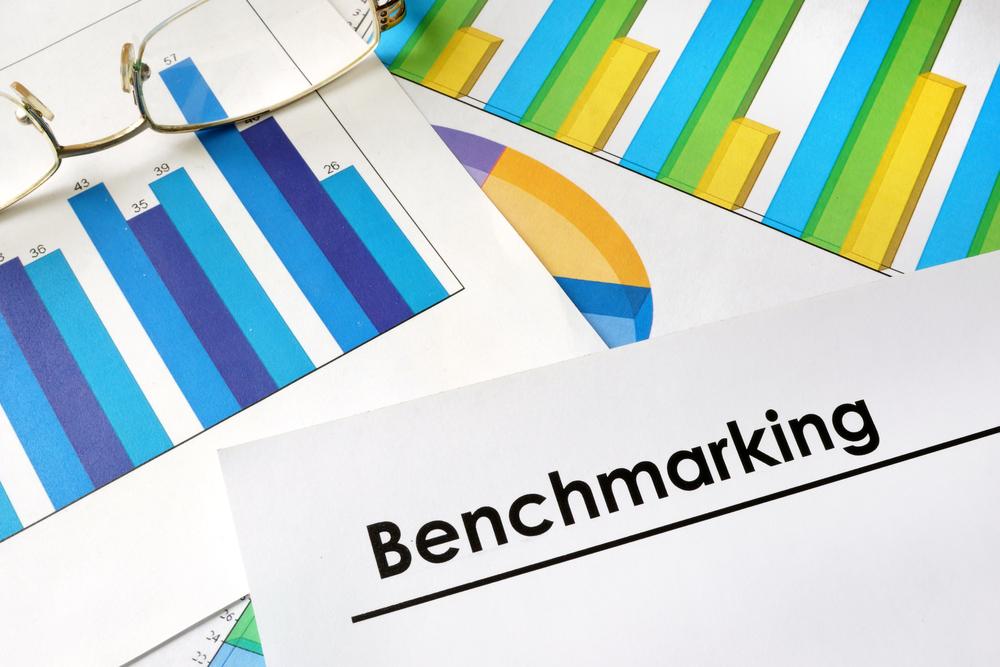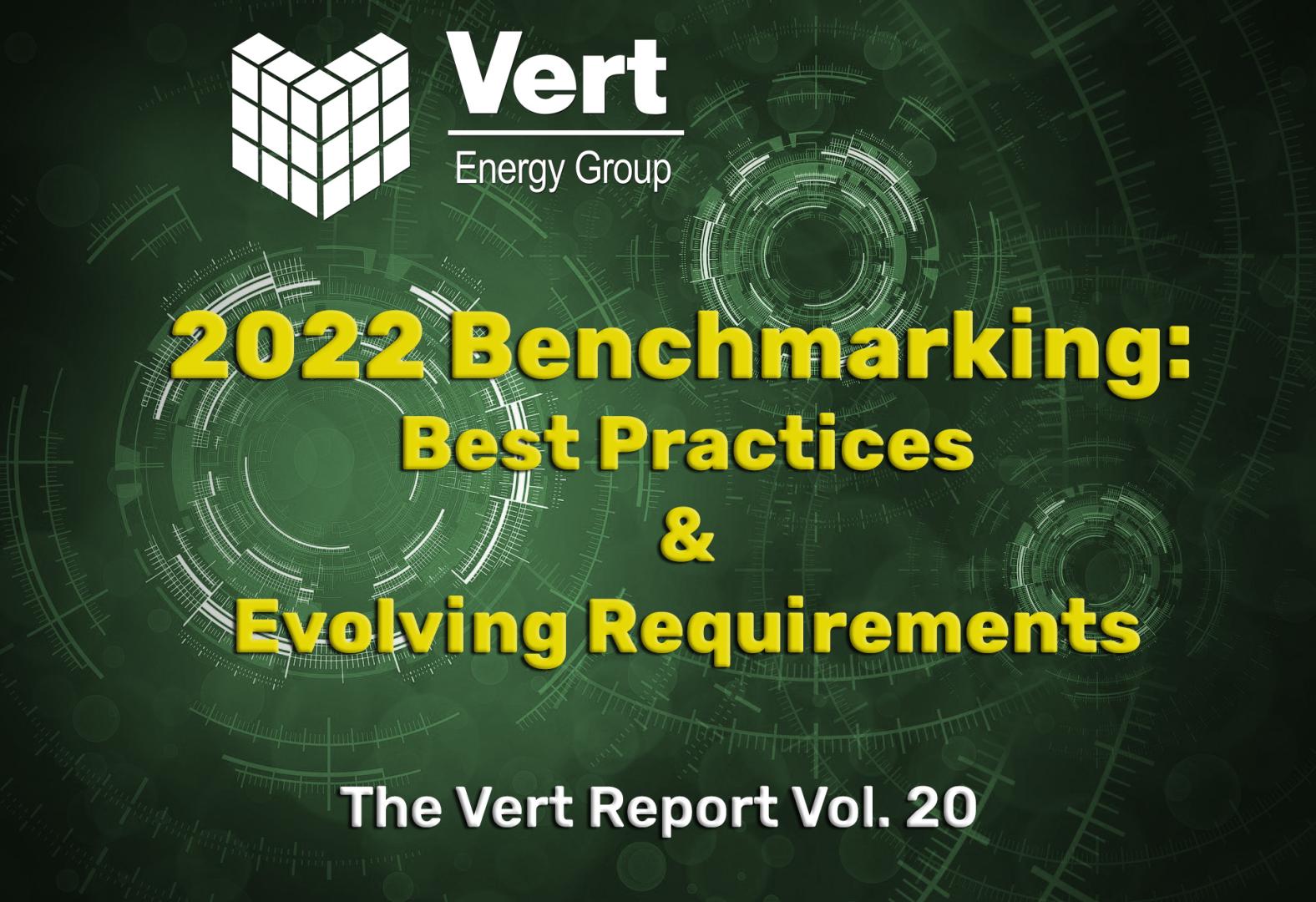San Jose, California’s bustling city, is leading the way on green solutions with its recently-introduced Building Performance Ordinance. This ordinance goes beyond benchmarking requirements currently employed in other areas to ensure that buildings are as efficient and sustainable as possible.
For those looking for a guide on how their commercial and multifamily buildings can reach optimal performance in an environmentally conscious manner, the Building Performance Ordinance could very well have your answers! Read on to learn more about what this unique approach encompasses and why it’s important for cities like San Jose if we hope to usher in greener times.
What Is San Jose Benchmarking?
San Jose Benchmarking is an efficiency program that focuses on assessing energy and water services in buildings. Under the San Jose Water Building Performance Ordinance, commercial and multi-family residential buildings must meet energy and water performance standards that have been established for their respective building types. This program can track energy use over time, resulting in energy cost savings for building owners and occupants.
Additionally, the benchmarking process ensures that energy and water services are being used responsibly, reducing greenhouse gas emissions from buildings. With San Jose Benchmarking, energy or water services is closely monitored to enable progress towards improving energy efficiency while providing necessary services responsibly.
Who Can Comply With San Jose Energy Benchmarking?
San Jose Energy Benchmarking is an important and beneficial measure to take when looking to improve efficiency in energy and water services. Residents, businesses, and city properties can comply with the San Jose Energy Benchmarking standards as it provides a comprehensive list of efficiency improvement measures.
These include reducing electricity and gas usage, efficiently using drinking water resources, capitalizing on efficiency investments, and more. With the help of San Jose Energy Benchmarking, many different entities have begun implementing efficiency measures that otherwise may have gone unrealized.
San Jose building performance ordinance beyond benchmarking requirements

The San Jose Building Performance Ordinance goes beyond the benchmarking requirements imposed on buildings and continually seeks to improve energy performance in the city. It outlines weather normalized site energy standards necessary for compliance with the ordinance. It also provides guidance on adopting efficiency improvement measures to realize greater savings than merely meeting those minimum standards.
This deeper focus on energy consumption cycles is one of the reasons why San Jose’s building performance ordinance has become increasingly important and regarded as an example of proven success, pushing the envelope forward in building energy efficiency.
What Are Requirements For San Jose Energy Benchmarking?
The City of San Jose has implemented energy benchmarking requirements to help reduce citywide energy usage and bolster performance. These requirements involve a performance verification report for all gas water heaters, which must occur every 5 years for commercial buildings holding natural gas accounts.
Additionally, the energy performance of qualifying buildings over 20,000 square feet must be assessed at least once every three years, with performance scoring determined through the ENERGYSTAR Portfolio Manager. In these situations, building owners are given improvement pathways they can use to enhance their performance in order to achieve maximum efficiency.
Deadline For San Jose Energy Benchmarking Report
The energy benchmarking deadline for San Jose is fast approaching. If your energy or water audit report has not yet been submitted, it’s time to move into action and get it in before the date of August 1st.
While energy efficiency programs may require some effort to ensure compliance, they ultimately save energy and water while cutting money off energy bills. Take advantage of this great opportunity to better steward energy and the environment by submitting your report quickly and accurately. You can create an energy efficient living or working space with the right steps in no time.
Penalty For San Jose Energy Benchmarking Report
The energy and water savings achieved by energy benchmarking reports in the city of San Jose have recently been rewarded. Property owners who produce an energy benchmarking report, which informs their energy star score, are eligible to receive financial incentives for energy efficiency investments. These energy savings amount to more than enough energy to power over 1,200 homes.
Additionally, with these incentives come further energy reductions so that San Jose is on track towards meeting its energy reduction goals set forth in the Climate Action Plan. Taking advantage of energy benchmarking and energy star score reports can immensely impact energy savings that benefit the community — giving you a fantastic opportunity to make a positive difference!
Benefits Of San Jose Energy Benchmarking
San Jose Energy Benchmarking helps to track energy usage and identify areas for improvement, allowing businesses and homeowners alike to reduce their energy consumption and save money. It can also help buildings meet various performance standards set by the city of San Jose, such as Title 24 or LEED certification. Some of the key benefits of San Jose Energy Benchmarking include:
• Identifying Energy Usage: San Jose Energy Benchmarking makes it easy to track and compare energy usage and identify trends and pinpoint areas for improvement. This can help businesses reduce their overall energy costs and become more efficient.
• Real-Time Metrics: With San Jose Energy Benchmarking, businesses and homeowners can access real-time energy usage data to act quickly to make changes and reduce their energy costs.
• Compliance with Regulations: San Jose Energy Benchmarking helps buildings meet various performance standards set by the city of San Jose, such as Title 24 or LEED certification. This helps ensure that buildings are built and operated in an environmentally-friendly manner.
• Sustainable Building Practices: San Jose Energy Benchmarking can help businesses reduce their overall environmental impact by encouraging energy efficiency. This encourages sustainable building practices, helping to protect the environment for future generations.
• Cost Savings: Businesses can save money on their utility bills by reducing energy usage. This can result in significant cost savings over the long term.
San Jose Energy Benchmarking is an excellent way for businesses to reduce their energy costs, become more efficient, and meet environmental regulations. It’s a great tool for businesses and homeowners alike to ensure that buildings are run in a sustainable manner.
Things To Consider When Complying With San Jose Benchmarking

1. Gather all the necessary information: To comply with the San Jose Benchmarking Law, businesses must first collect and analyze a range of data related to their building’s energy use. This includes utility bills, meter readings, and other records of energy consumption. Businesses should ensure they have all the necessary data before beginning the benchmarking process.
2. Track progress over time: Benchmarking is an ongoing process, and businesses should track their progress to see if their energy use is improving or not. By monitoring their performance regularly, businesses can identify any areas of improvement that need to be addressed and make changes as necessary.
3. Use the right tools: Analysis of energy data can be complex and time-consuming, so businesses should use the right tools to help them accurately analyze their energy consumption. San Jose offers a number of benchmarking tools that provide detailed information on energy performance and make it easier to track progress over time.
4. Regularly update data: To ensure accurate benchmarking, businesses should regularly update their energy data with the most current information. This includes any changes in building operations or equipment and fluctuations in utility rates.
5. Stay informed of developments: San Jose continually updates its benchmarking regulations, so businesses should stay up-to-date on any changes that could affect their operations. By staying informed, businesses can ensure they always comply with the law.
6. Seek assistance if needed: Understanding and complying with all the benchmarking regulations can be complicated, so businesses may want to seek help from a professional if needed. San Jose offers a variety of resources to assist businesses with benchmarking and other energy-related issues.
Following these steps can help businesses ensure they are in compliance with the San Jose Benchmarking Law and help them save money on their energy bills. With regular tracking of performance, businesses have a better chance of identifying areas where improvements can be made to reduce their energy consumption. Additionally, by staying informed of any changes to the law, businesses can ensure they remain in compliance and make any necessary adjustments as needed.
The Final Verdict
Beyond Energy Benchmarking Requirements: San Jose’s Building Performance Ordinance is a case study for other cities on how to make their own energy efficiency policies more effective. The ordinance goes beyond the requirements of previous citywide codes by mandating regular inspections and reporting, establishing new standards for insulation and windows, and creating an online scorecard system that allows residents to track the progress of individual buildings.
Thanks to these measures, the city has seen a significant decrease in energy usage across all types of buildings since the ordinance was enacted. If your city wants to improve its energy efficiency policy, contact Vert Energy Group today. We can help you establish and implement best practices to save your municipality money while protecting the environment.





 Under NYC Local Law 11 (LL11), all buildings with six or more stories must undergo an inspection of the exterior walls and appurtenances every five years. This inspection falls under the city’s Façade Inspection and Safety Program, or FISP, which aims to improve public safety by identifying potential problems with building exteriors. During the inspection process, a licensed professional will examine a wide range of material and structural features on the building envelope. These may include windows, doors, masonry, and cladding materials, as well as waterproofing membranes and rooftop vents. The overall goal of FISP is to help ensure that New York buildings are safe and structurally sound while minimizing any potential risks to the property and its occupants. If any issues are identified during the inspection process, they will be flagged so that they can be promptly addressed by qualified contractors.
Failure to comply with LL11 will result in civil penalties issued by the New York City Department of Buildings (NYCDOB). In extreme cases, NYCDOB can revoke a building’s Certificate of Occupancy and force it to be closed if it is not in compliance with LL11 as the building will be deemed unsafe. There are four different civil penalties you can receive:
Under NYC Local Law 11 (LL11), all buildings with six or more stories must undergo an inspection of the exterior walls and appurtenances every five years. This inspection falls under the city’s Façade Inspection and Safety Program, or FISP, which aims to improve public safety by identifying potential problems with building exteriors. During the inspection process, a licensed professional will examine a wide range of material and structural features on the building envelope. These may include windows, doors, masonry, and cladding materials, as well as waterproofing membranes and rooftop vents. The overall goal of FISP is to help ensure that New York buildings are safe and structurally sound while minimizing any potential risks to the property and its occupants. If any issues are identified during the inspection process, they will be flagged so that they can be promptly addressed by qualified contractors.
Failure to comply with LL11 will result in civil penalties issued by the New York City Department of Buildings (NYCDOB). In extreme cases, NYCDOB can revoke a building’s Certificate of Occupancy and force it to be closed if it is not in compliance with LL11 as the building will be deemed unsafe. There are four different civil penalties you can receive:
 Memorial Day falls on May 30th this year. This American holiday began in the years following the Civil War to remember and honor the brave men and women who have given their lives in service to our country. It is a day of somber reflection, but also of celebration and thanksgiving. Over the years Memorial Day traditions have evolved. Originally, people would observe the holiday by decorating the graves of fallen soldiers and it grew into local and national celebrations with parades. With many offices and companies closed on Memorial Day, this holiday has become more of a long weekend referred to as “Memorial Weekend.” It serves as an opportunity for many to take a weekend trip or host parties in what National Today states is a way “to balance out the soberness of the day and welcome summer.” Whether you’re staying in or taking a trip this Memorial Day, take a moment to pay tribute to honor the brave men and women who have given their lives in service to our country.
Memorial Day falls on May 30th this year. This American holiday began in the years following the Civil War to remember and honor the brave men and women who have given their lives in service to our country. It is a day of somber reflection, but also of celebration and thanksgiving. Over the years Memorial Day traditions have evolved. Originally, people would observe the holiday by decorating the graves of fallen soldiers and it grew into local and national celebrations with parades. With many offices and companies closed on Memorial Day, this holiday has become more of a long weekend referred to as “Memorial Weekend.” It serves as an opportunity for many to take a weekend trip or host parties in what National Today states is a way “to balance out the soberness of the day and welcome summer.” Whether you’re staying in or taking a trip this Memorial Day, take a moment to pay tribute to honor the brave men and women who have given their lives in service to our country.

 Search by Zip to Find Applicable Energy Laws
Search by Zip to Find Applicable Energy Laws



 Ready to be pranked? Whether you’re pranking or being pranked, there’s no shortage of tricks to be found every April Fools – especially with big companies joining in the fun. From a company standpoint, April Fools is a great way to get your target audience involved and at your door in a fun way. One example would be the 1998 Burger King ad for the “Left-Handed Whopper.” Though diners couldn’t purchase the “Left-Handed Whopper” it nonetheless got them to Burger King where they most likely purchased another meal instead. Like any prank though, companies should be careful about their execution of it. Google is notorious for its participation in April Fools – a throwback to when they let us play Ms. Pac-Man on Google Maps in 2017 – not all have landed well. In 2016, Google’s prank left many users unhappy. The prank involved a new Gmail button – “
Ready to be pranked? Whether you’re pranking or being pranked, there’s no shortage of tricks to be found every April Fools – especially with big companies joining in the fun. From a company standpoint, April Fools is a great way to get your target audience involved and at your door in a fun way. One example would be the 1998 Burger King ad for the “Left-Handed Whopper.” Though diners couldn’t purchase the “Left-Handed Whopper” it nonetheless got them to Burger King where they most likely purchased another meal instead. Like any prank though, companies should be careful about their execution of it. Google is notorious for its participation in April Fools – a throwback to when they let us play Ms. Pac-Man on Google Maps in 2017 – not all have landed well. In 2016, Google’s prank left many users unhappy. The prank involved a new Gmail button – “






 We’re in the 2nd month of the new year and if you haven’t begun to work on your 2022 benchmarks, now would be the ideal time to start. Most cities have begun to resume their original annual deadlines. Last month’s newsletter broke down
We’re in the 2nd month of the new year and if you haven’t begun to work on your 2022 benchmarks, now would be the ideal time to start. Most cities have begun to resume their original annual deadlines. Last month’s newsletter broke down 
 Valentine’s Day has been a symbol of romance and love since the holiday’s origin tracing back to
Valentine’s Day has been a symbol of romance and love since the holiday’s origin tracing back to 